“I did my first dive at the age of 14 and I haven’t stopped diving since,” he says. “I joined the Navy at the age of 18 and discovered a lot of seas around the world. When I decided to put my sailor naval uniform aside, it was clear to me that my future would be related to the sea and I set up a publishing company called Turtle Prod. Since then I have been busy bringing the gospel of the sea, flora and fauna on a variety of media types, to the general public.”
It all began in 2006 when he made the first panoramic photograph of the submarine Rubis, one of 17 such vessels built for the French Navy. It lies at the sea floor 40-metres deep in Cape Camarat, not far from Saint Tropez.

“In a very complex photography project, I combined my skills in scuba diving, photography and computer science and created a new reality that the world of photography and scuba diving did not know until at that time. My first panoramic underwater photo was taken while moving along the hull of the Rubis. Using this technique, allowed for full exposure and clear images of the drowned vessel,” says Barraque.
He performed 10 dives over two days, during that first venture. Fortunately, visibility was good, and in the end the panoramic image really surprised him.
He performed 10 dives over two days, during that first venture. Fortunately, visibility was good, and in the end the panoramic image really surprised him.
.jpg)
In 2013, he dived to the patrol boat P31 to a depth of 30-meters in Malta. More than 80 photos were taken to complete that panorama.
.jpg)
Again, in Malta, in 2014, Barraque dived to the 66-metres long British HMS Stubborn, a submarine at a depth of 56-metres. Despite the depth, he managed to take about 100 shots for the resulting panoramic picture.
The Panoramic Technique
“The wrecks I photograph are 50 to 80-metres long and in good visibility. Even so, using a super-wide-angle lens, you cannot ordinarily get the picture of a compete wreck with all the details on it. The technique I use is to make a series of vertical crops or ‘slices’ with a wide lens. This makes it possible to approach the embedded the wreck and thus, get clear details of sections of it,” he says. “During photography, it’s important keep a perfect track and axis throughout the length of the wreck as any slight deflection makes the subsequent photographic connection impossible. Stability and linearity are essential when shooting.”
Barraque uses a Nikon D850 camera in a Hugyfot housing. Extra lighting improves the quality and consistency of the imagery and, thanks to modern powerful lighting technologies associated with lights like the 30,000 lumens Bigblue, he finds he is also able to illuminate sections of the wreck well, improving the contrast and quality of the sequence shots.
After the wet work, all the sections recorded need to be connected into a single panoramic picture and assembling of that complete and final image is made with the help of Photoshop software. He says that many hours of patience and precision are required to achieve the final picture.
.JPG)
The Ultimate Underwater Panoramic Picture?
Since then, Barraque has repeatedly built on these achievements. One of his most memorable pictures came from the depths of the Red Sea, following a joint dive to the Satil, a wreck offshore in Eilat. The dive also included an attempt to set a Guinness record. That mission was to reach half a million live viewers when broadcast directly from underwater.
Since then, Barraque has repeatedly built on these achievements. One of his most memorable pictures came from the depths of the Red Sea, following a joint dive to the Satil, a wreck offshore in Eilat. The dive also included an attempt to set a Guinness record. That mission was to reach half a million live viewers when broadcast directly from underwater.
Barraque recalls, “Once I already made a panoramic photo of a number of wrecks, I came up with an idea to shoot a wreck with a large number of divers and maybe achieve a Guinness World Record. It was a complex idea that required picking a wreck with easy access from shore, and not too deep. We needed to recruit a vast number of divers and it would require intensive preparation for a perfect execution.”
“In 2013, during dive show in Paris, I met David (Pilo) Pilosof, photographer and producer of the EPSON Red Sea competition, and came up with the idea of taking a panoramic photo shoot with numerous divers on a wreck in Eilat. Pilo liked the idea and as part of EPSON Red Sea competition in 2014, he recruited Nir Avni, a professional diving instructor, for the quite complex diving management required for diving safely on this project.”
The operation took part with hundreds of divers, 26 dive instructors, 32 production personnel and 12 professional photographers. They all plunged 24-metres deep to the site of the wreck of the Satil, a small missile ship, headed by renowned and prolific French film-maker Christian Pétron. Pétron has worked with movie director James Cameron among others, and was Director of Photography on the Luc Besson movie, The Big Blue. Barraque came specifically to Eilat from France to make the panoramic picture.
Avni recruited the dive clubs in Eilat and 11 dive instructors were selected to lead 281 divers to 11 buoys purposely located across the wreck. Briefing meetings had been made with the dive clubs and instructors, along with ambulance with dive doctor and two lifeboats put on standby. There were also five underwater rescue instructors briefed to hover above the divers’ bubbles.
Getting All the Pictures Required
Barraque told how he was pleased to find the divers so disciplined did not move from their appointed positions. He got into action, knowing he had only 20 minutes to do this special panoramic project. He made the route alongside the wreck of the Satil, swimming back and forth, trying to maintain perfect linearity and verticality while doing so. At the end the divers rose to the surface, and with complete surprise, a diver with the Israeli flag appeared, moving along the Satil and giving the last touch to the published image worldwide.
During that dive Barraque took over 500 pictures and, by the end of the live screening, he had selected 202 pictures. These were combined, with Photoshop, into one continuous image, two days later back in Paris. It took 48 hours of photo processing, 20 gigabytes of image files, with 200 separate layers, to get that depth and sharpness to the still image. At such a high resolution that you can clearly see the diver’s pressure gauges.

The final photograph was printed 20-metres long and displayed at the BOOT show in Düsseldorf. Panoramic photography of this quality and the huge format produces an impressive result. Barraque says it was the most challenging panoramic image he had done so far.
Thanks to my partners, HUGYFOT for the Housing, BIGBLUE for lighting and magazine "Plongez!" And for passion.

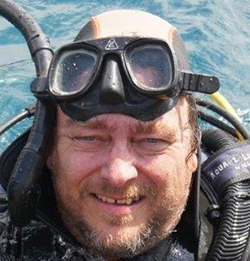
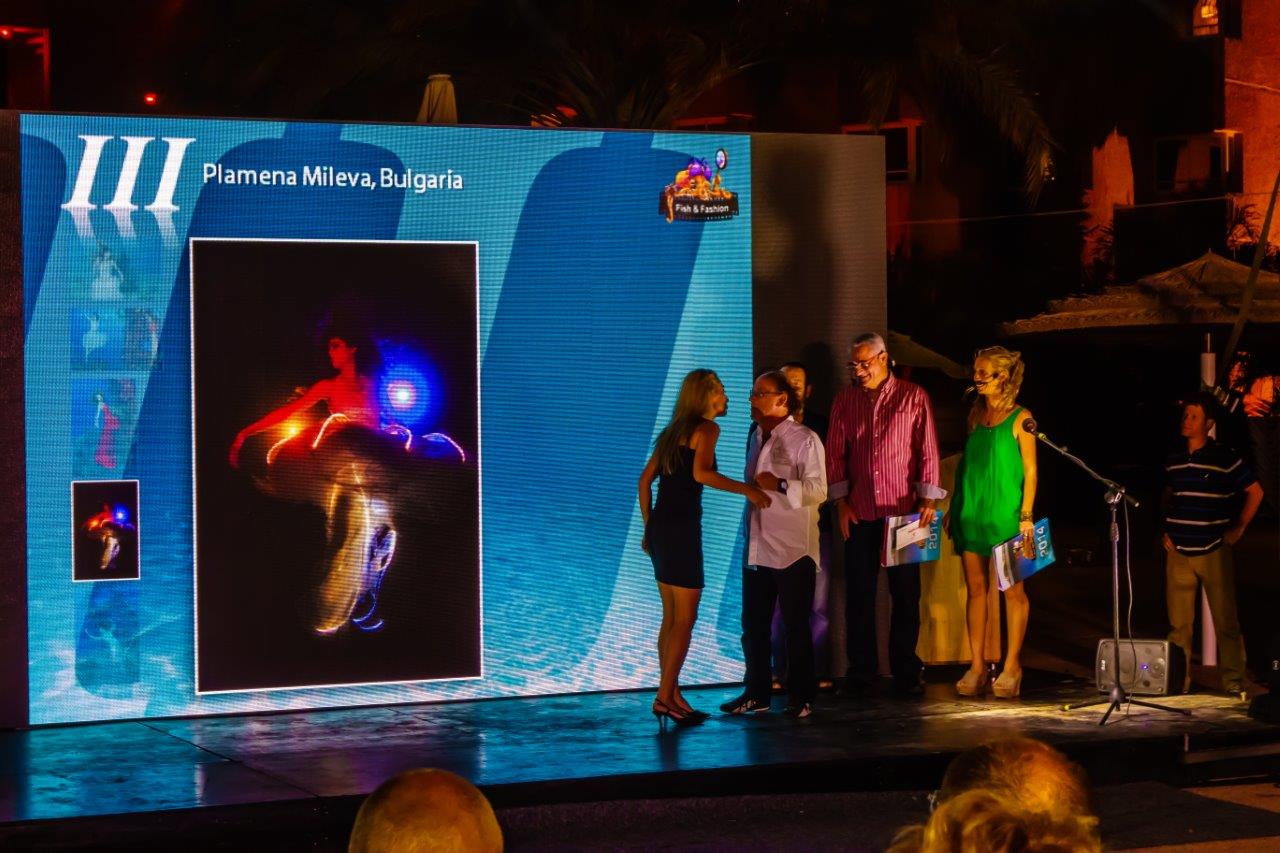
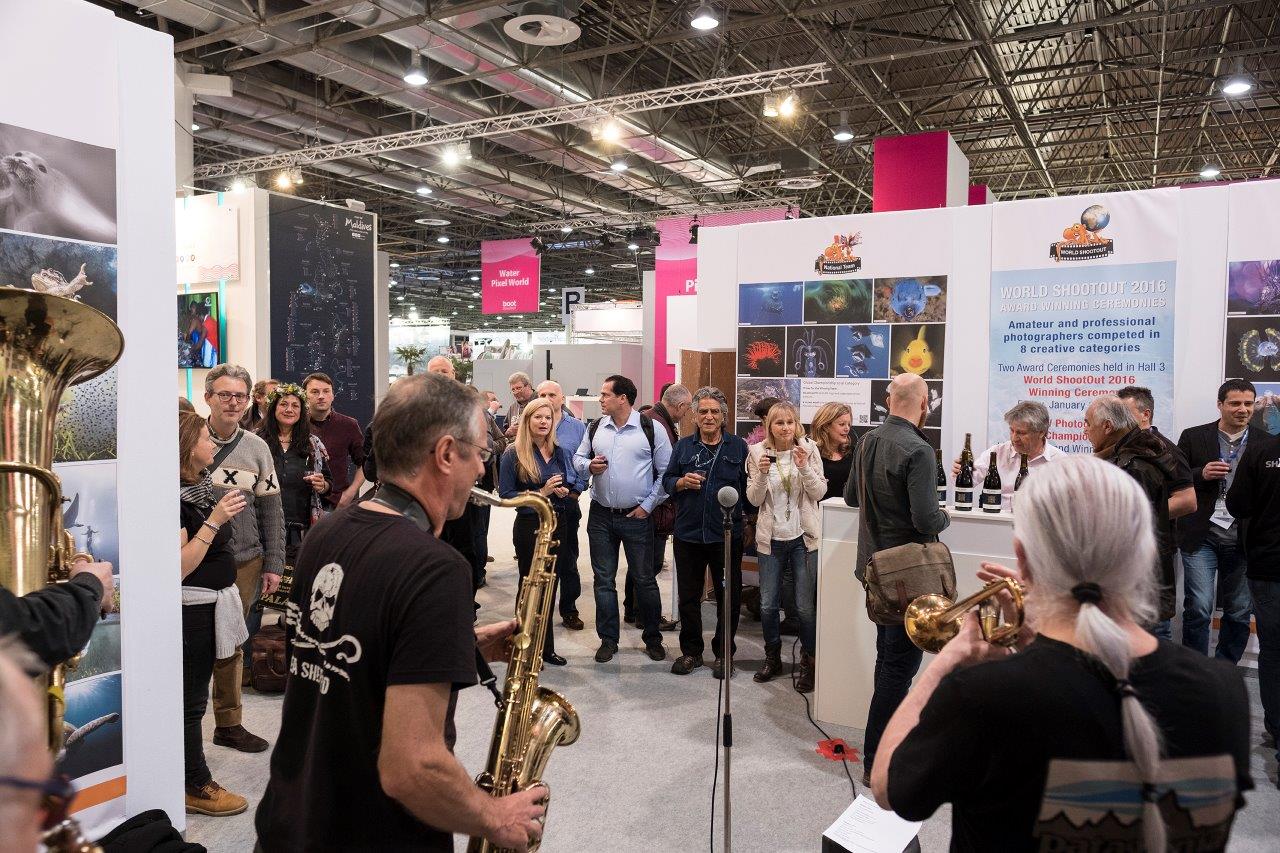
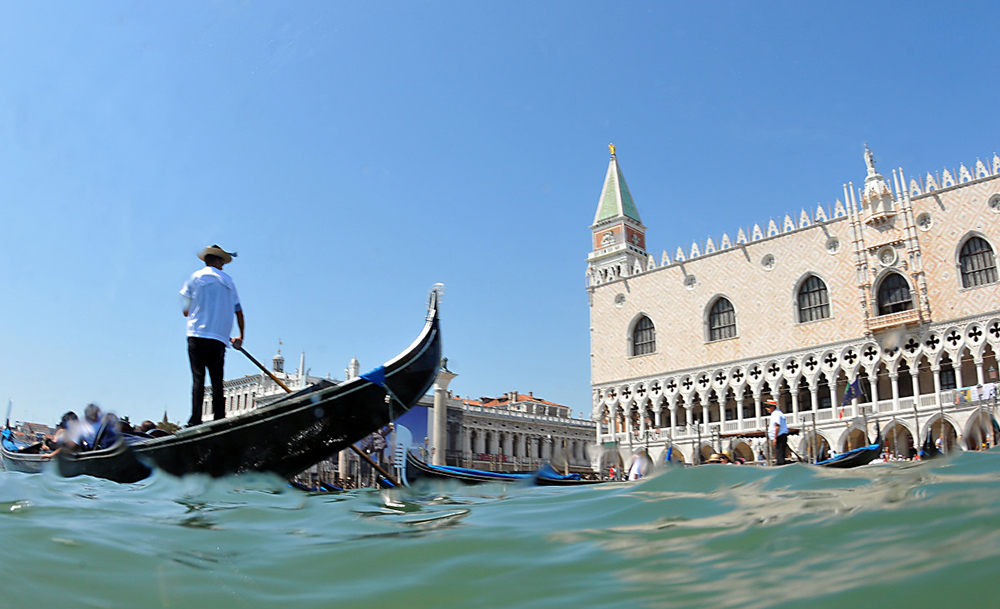
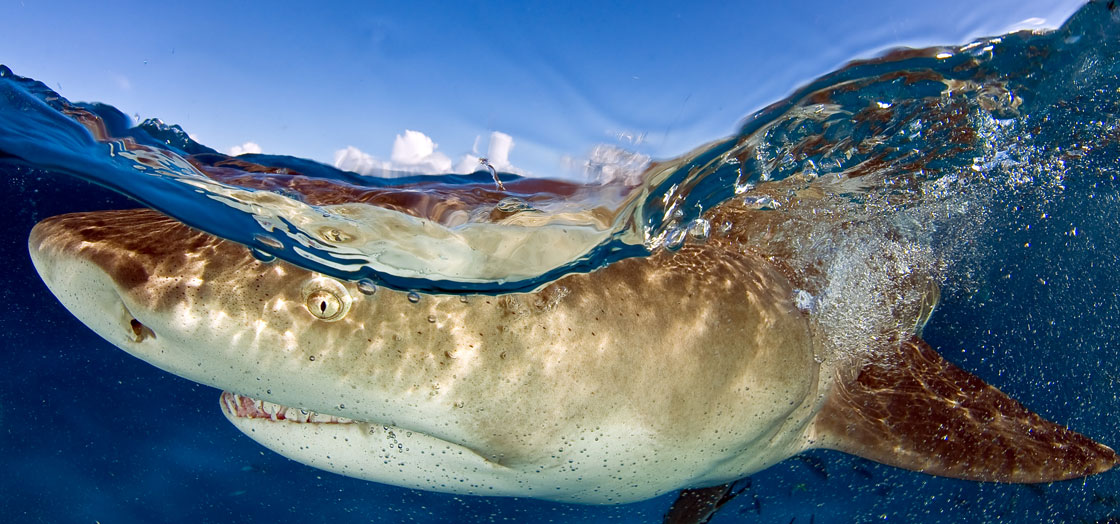

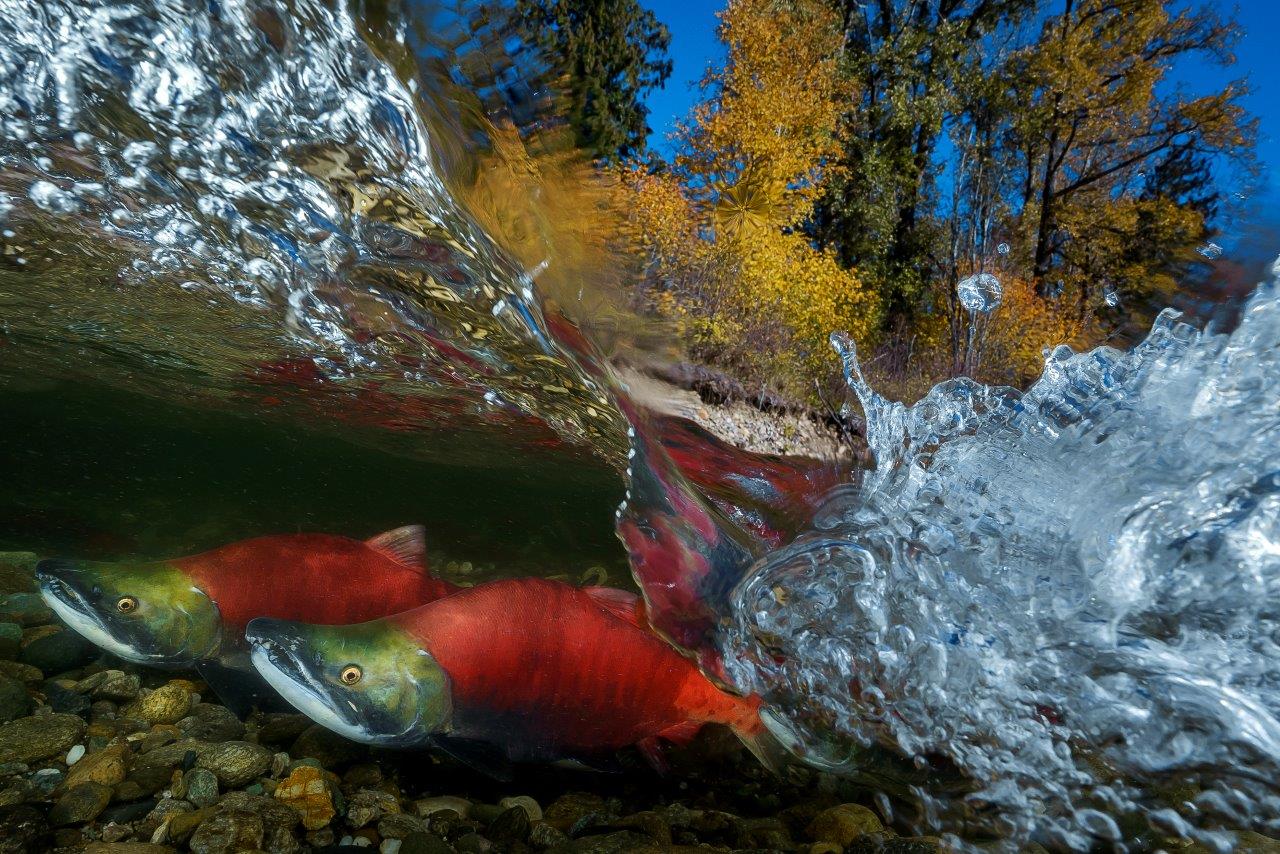
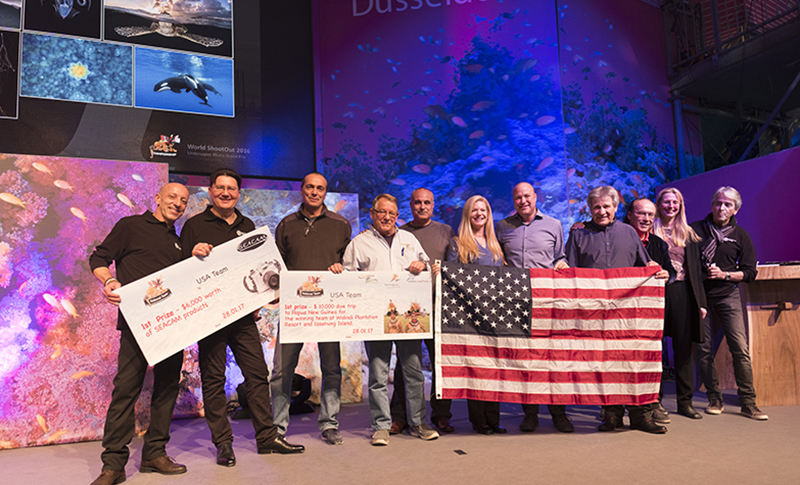
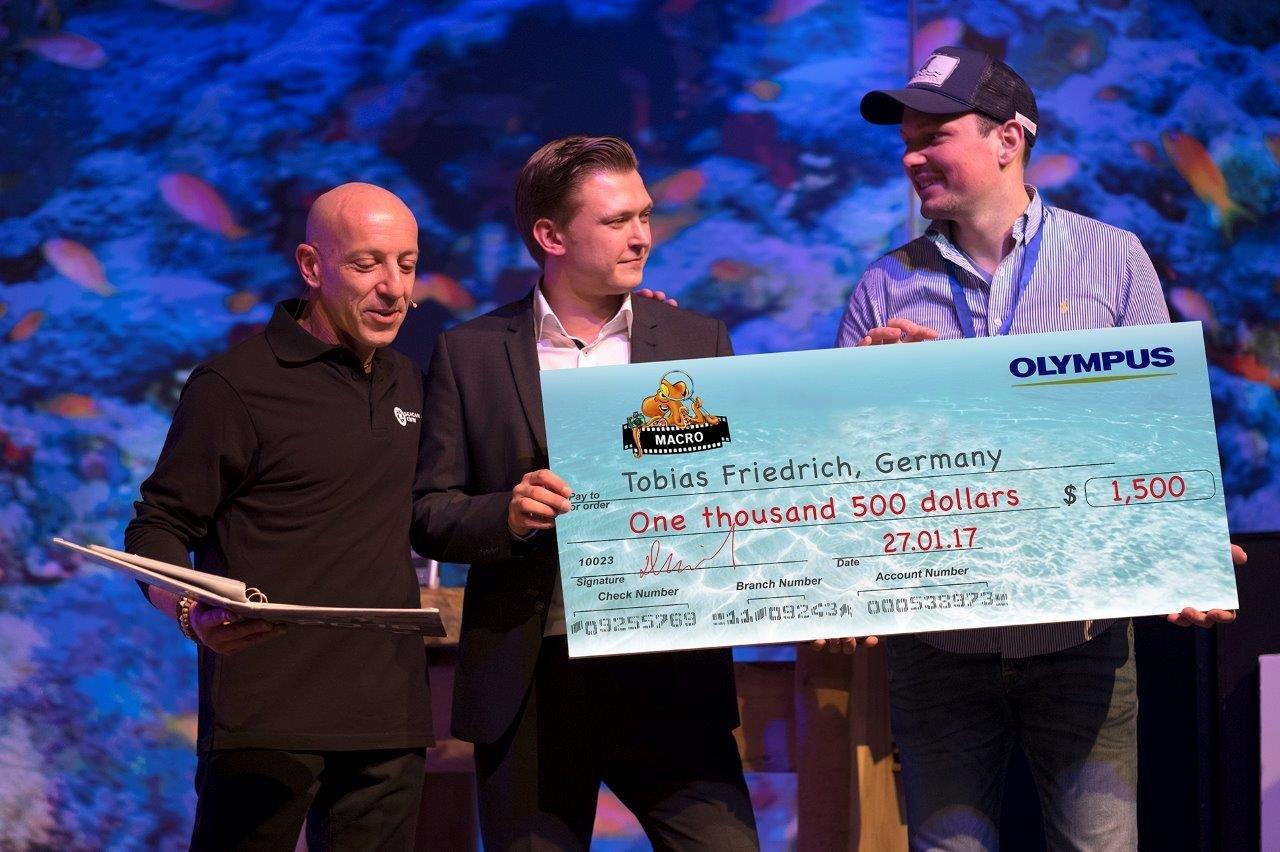

.jpg)
